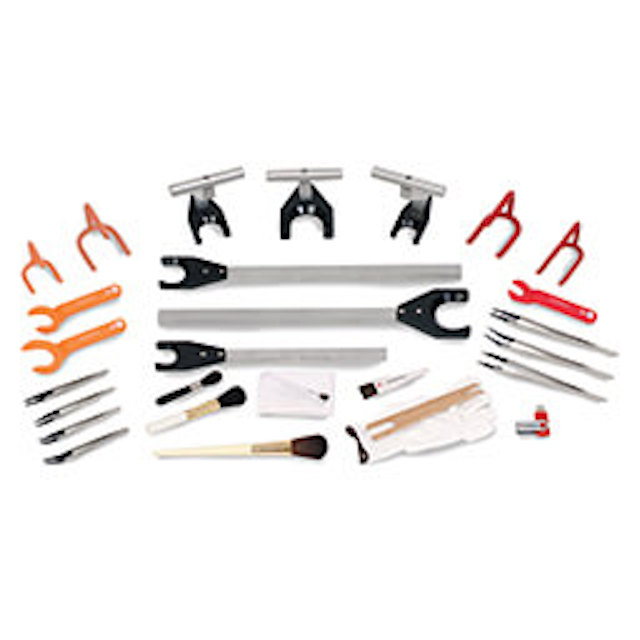
At our weight calibration facility, we see how easily improper handling of test weights can compromise the traditional mass value, or CMV, of your precision test weights.
If you work within the pharmaceutical, medical, or biotech industries, you will likely test your weights much more often than anything else in your laboratory. After all, correctly calibrated weights are an essential component when you’re working to ensure accuracy in your results. At our weight calibration facility, we see how easily improper handling of test weights can compromise the traditional mass value, or CMV, of your precision test weights. To help protect the weights and their accuracy, we highly recommend training your crew to establish and reinforce correct habits when handling these essential implements.
Easy Do’s and Don’ts for Maintaining Correct Accuracy
The first rule is not to use your bare hands to move them directly. Your hands’ oils, heat, and dirt will always transfer to the weights and compromise the CMV. Instead, use approved tweezers, weight forks, forceps, gloves, and more while moving your weights. Place the weights directly on the intended surface and remove them directly; the friction of sliding weights across a surface can also remove the mass. The same can be true of the fiction that comes with cleaning a weight with non-weight-specific cleaning agents. A cloth, bellows blower, or a smaller brush intended specifically for calibration weights is usually ideal. Any solvent cleaning should be carried out by a calibration professional.
Before Using the Weight
The environment around the weights plays a huge role too. Before using your calibration weight, allow it to rest in its specified container near the intended balance to acclimate to the surrounding temperatures. Similarly, avoid putting weights near the source of magnetic energy, including any devices with motors. Lastly, ensure that your team knows that any weight dropped must be calibrated and recertified before use. This is also true for any weights that look damaged, which is another reason to encourage consistent visual inspections from all team members. Also, remember to use handling tools such as tongs, tweezers, and gloves while performing daily weight checks for your lab balances. Small Weights like the tiny leaf need to be stored in a secure and labeled case. Weights always need routine calibration, at a minimum once a year. For GLP or GMP, calibration should be performed more frequently depending on the specific quality program.
FOR ALL ISO 17025 CALIBRATION SERVICES, CONTACT LAB PEOPLE TODAY
The Lab People Inc. is a trusted provider of laboratory equipment, services, supplies, and rental equipment for you and your laboratory. As an ISO 17025 accredited service organization, we stand behind our services with 100% satisfaction guaranteed for all of our customers. We offer on-site and off-site calibration services for balances, pipettes, moisture analyzers, force measurement, test weights, and more. Services include preventative maintenance, SQ-Min, IQOQ, repairs, legal for trace/placed in service, verification, and more.
For more information about how we can assist you, visit our website, email us, or call us at 1-800-296-2001!
Do not forget to follow us on Facebook, Twitter, and Linkedin!